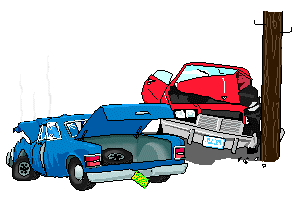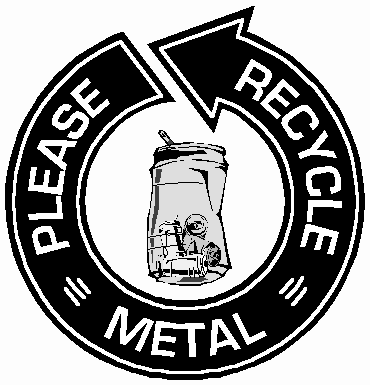| Recycling Materials, LCA | |
|
At the end of the life of a car there is the question of how to dispose of it. | |
|
Simply dumping it in a land fill site is not sensible because of the land needed and the waste of valuable assets that the car represents. We can recycle much of the materials in the car, and indeed car manufacturers are striving to increase the amount that can be recycled by careful attention to the selection and use of materials at the design stage. Steel for example has been recycled for years, but plastics have been more difficult, largely because of the composition. |

|
|
If plastics can be easily identified and separated into types ( PVC, polyethylene and polycarbonates) then it is possible to recycle them. A mixture of types, though, renders the recycled product unusable. Car manufacturers therefore label all the plastic components to facilitate selection and separation at end of life. A similar problem exists for steel in that steel is iron containing prescribed amounts of impurities such as carbon, manganese, chromium, nickel etc. which give it particular properties. If the types of steel in a batch for smelting are unknown then recycling will lead to poorly characterised steel which may have lower value. | |

|
There is an environmental cost for recycling; often substantial amounts of energy may be required and the implied environmental impact may be considerable. It is necessary to undertake a full analysis of the operation to determine the overall benefit of recycling. Aluminium is a really good material to recycle since the recycling operation requires only about 5% of the energy that was initially needed to obtain the metal from bauxite ore in the first place. |
|
In any manufactured product there are not only the actual materials which constitute the article, but also the invisible embodied features such as
| |
|
Task 4 Make a list of embodied features for a product that you are familiar with. | |